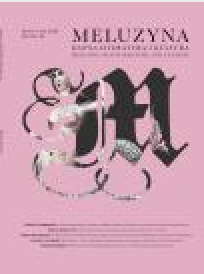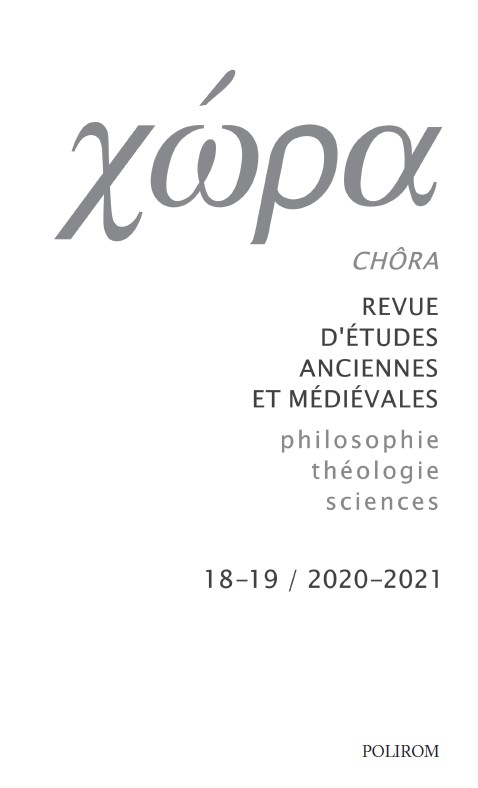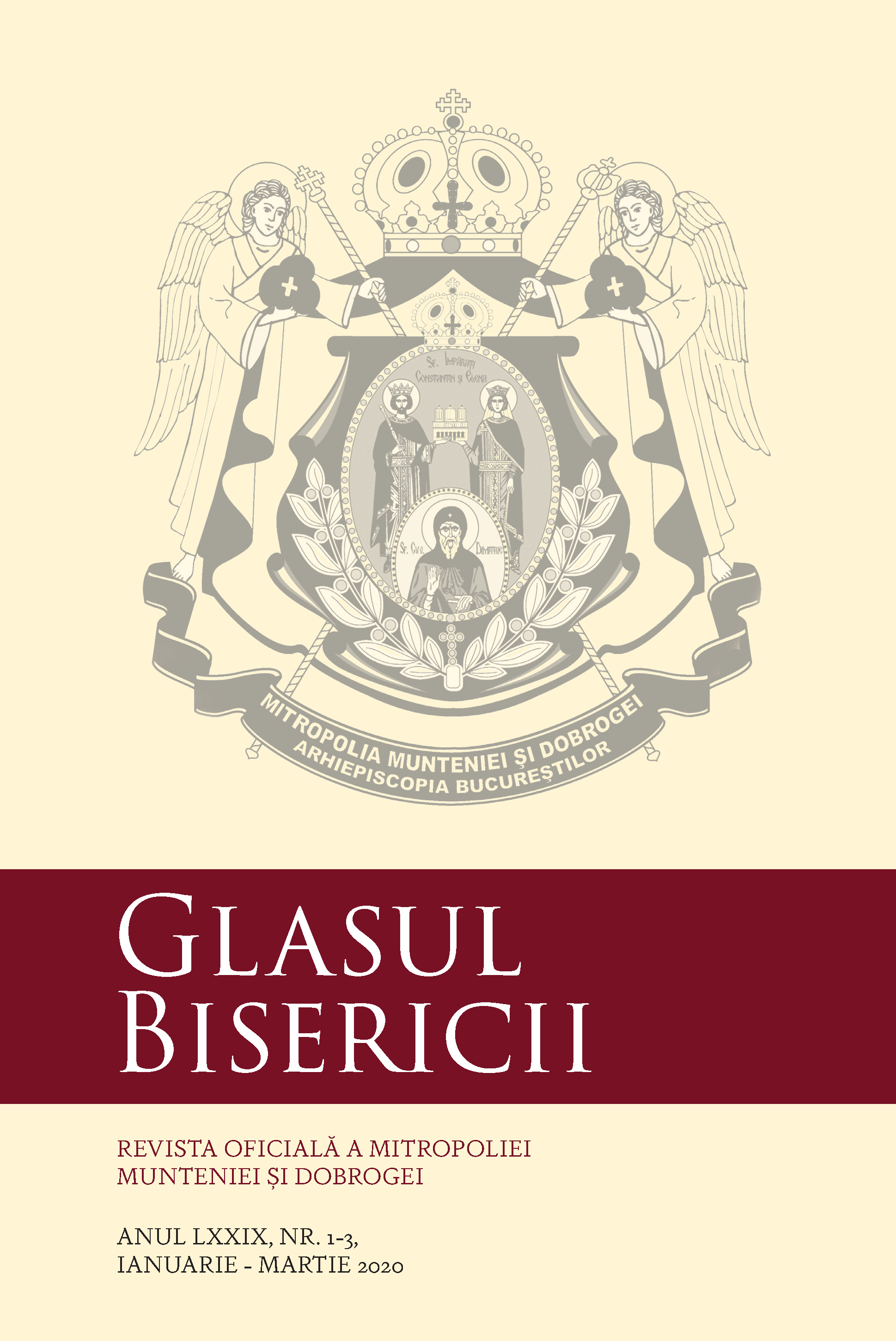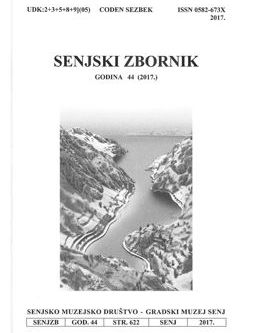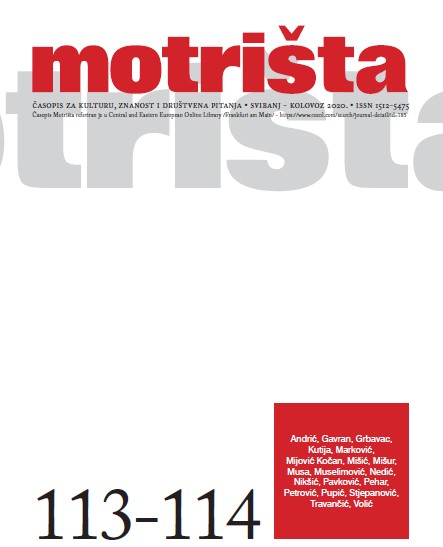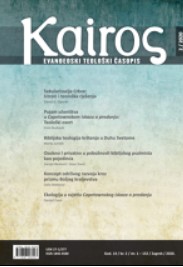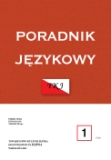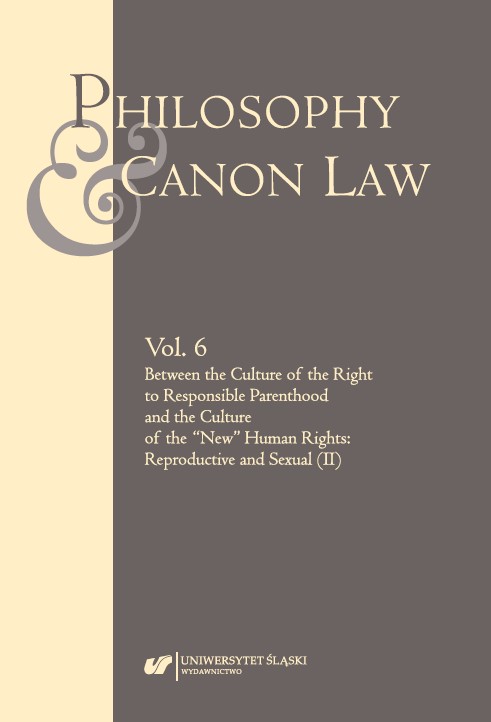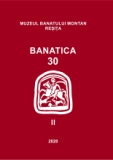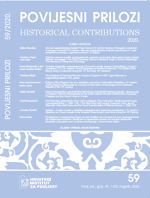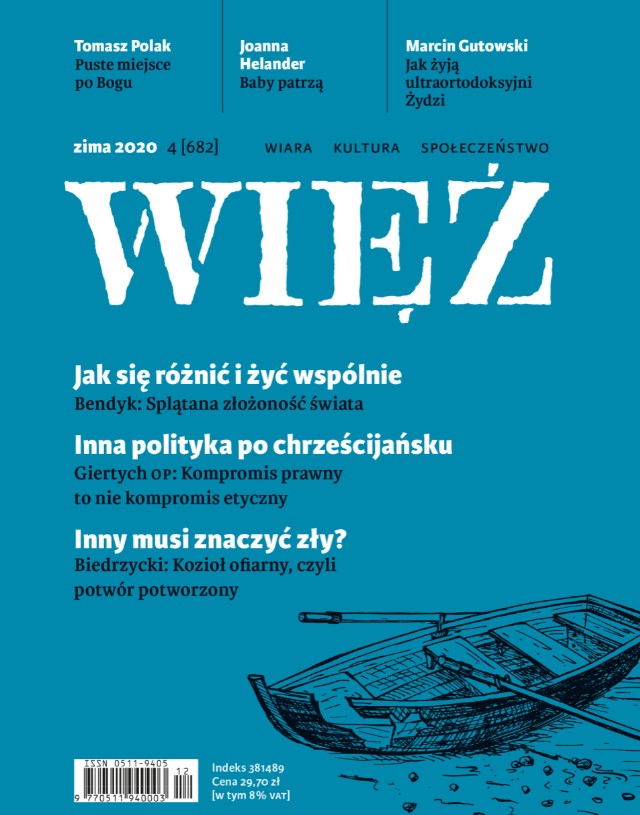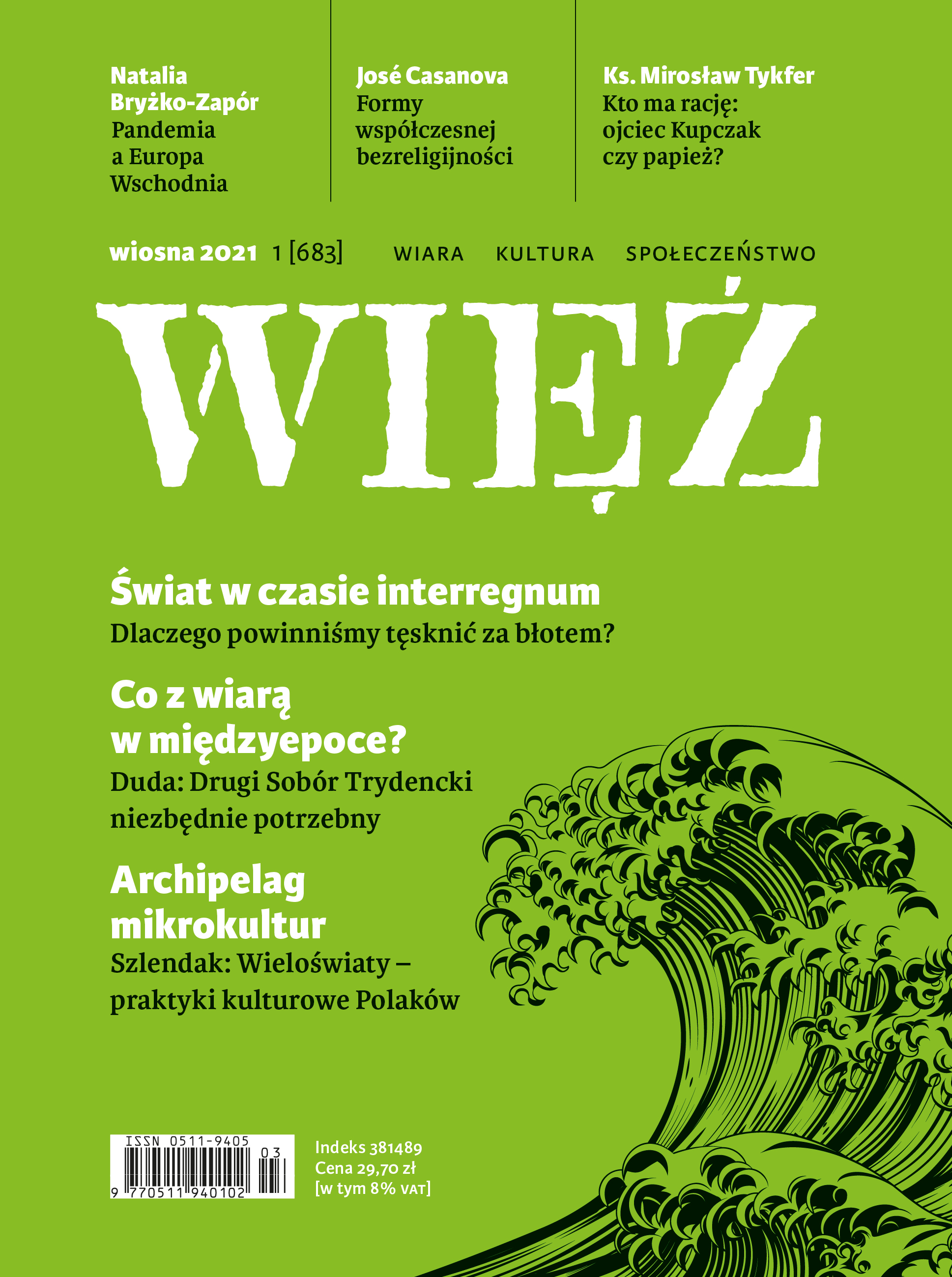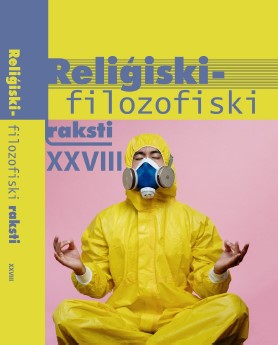Author(s): Henrihs Soms / Language(s): Latvian
Issue: 1/2020
At the beginning of 1914, Daugavpils was the second biggest city in Latvia, having a population of 105,7 thousand. During WWI, in October 1915, the battles fought in defence of Daugavpils started. With some intervals, Daugavpils was in the zone of hostilities for more than four years, when the city was liberated by the Polish and Latvian armies in 1920. About 30,000 Catholics lived in Daugavpils before WWI. In 1911, the congregation of Daugavpils Immaculate Conception of the Blessed Virgin Mary Roman Catholic Church was founded in Daugavpils, and its activities were oriented towards meeting the needs of the Latvians and the Lithuanians. The priests of the new congregation – Antonijs Urbšs (1879–1965), Konstantīns Kangars (1896–1949), Izidors Livčāns (1888–1966) – did much to introduce the Latvian Language into church life. Preaching was done in Latvian after the divine service every other Sunday, and Latvian children were prepared for the First Communion in their native tongue. Priests of the congregation actively participated in social activities. The problem of that time was social care of the war refugees, and in Latgale it was organised by the Latgale Refugee Assistance Society. The Dean A. Urbšs managed the Daugavpils section of this organisation, I. Livčāns was a cashier and secretary. The section organised a children’s home in Daugavpils - a school, where resided 120 children from the city vicinity houses destroyed during the war. Overcoming different difficulties, the school continued working during the time of political changes, and in the time of the Republic of Latvia it became a recognised education institution in Daugavpils – the First Latvian Elementary School, which in 1938 was given the name of Fridrihs Briedis, colonel of the Latvian riflemen. Well-known education workers, such as Amālija Bžezinska (1880–1919) and Anna Vonoga (1895–1977), had worked in this school. In 1916, the section of the Refugee Assistance Society in Daugavpils opened evening courses for the adults and taught to them reading, writing and arithmetic. With the support of patrons, a library and a reading-hall were organised as well. The active work of priests of the Virgin Mary’s congregation significantly contributed to the foundation of the Latgale Latvian enlightenment society “Saule” in Daugavpils, 1917. The new society set as its task the enhancement of national spirit and general education among its members as well as among a local population in general. The origins of the society “Saule” clearly showed its close ties with the new church congregation. Priest I. Livčāns was on the board of the society, and many people belonging to the congregation were the members of the society. One of the cherished things of the society “Saule” was dressmaking courses opened in 1917. They turned out to be viable and in 1927 transformed into a vocational school for women – into “Saule” school. In our time, the traditions of this handicraft vocational school are continued by the professional education competence center “Daugavpils Design and Art Secondary School Saules skola”, which in 2017 celebrated the 100-year jubilee of the education institution.
More...
